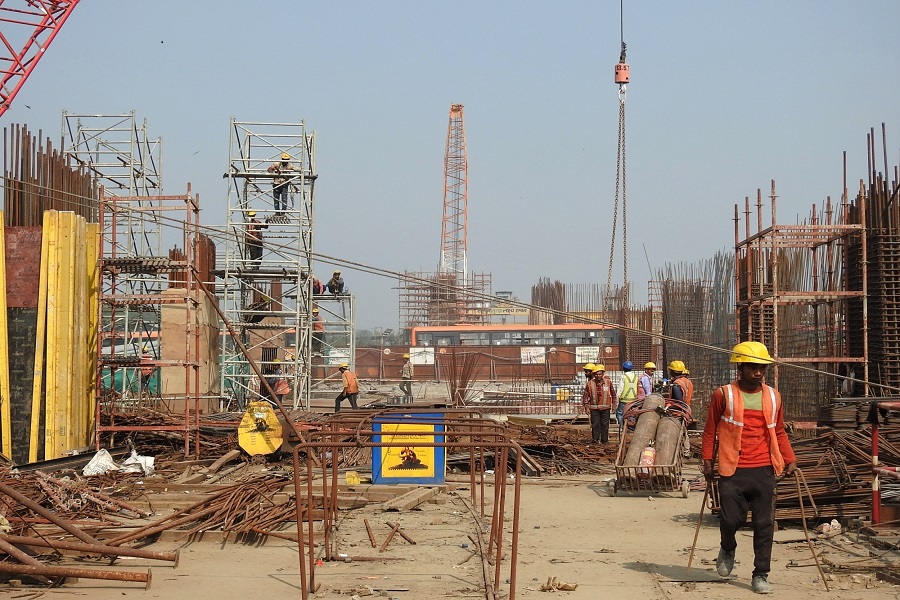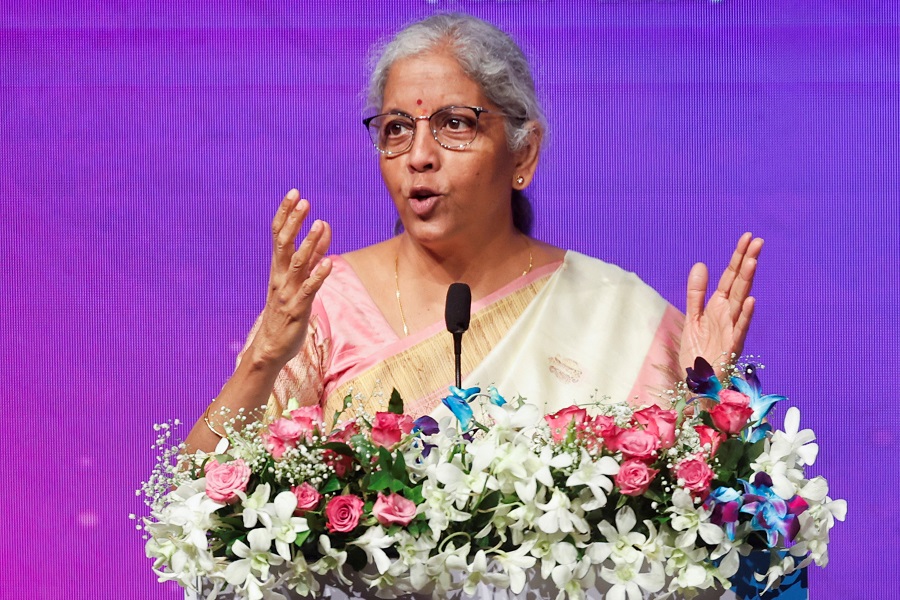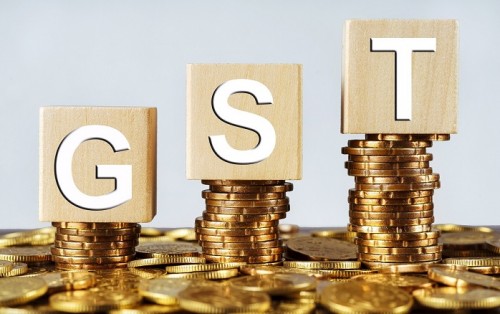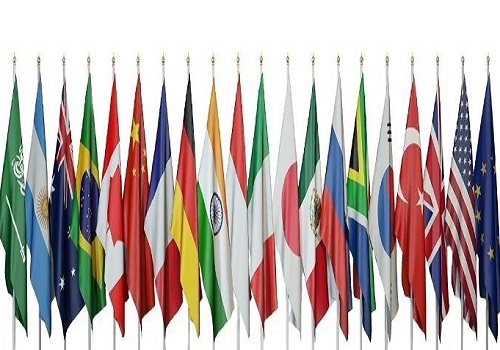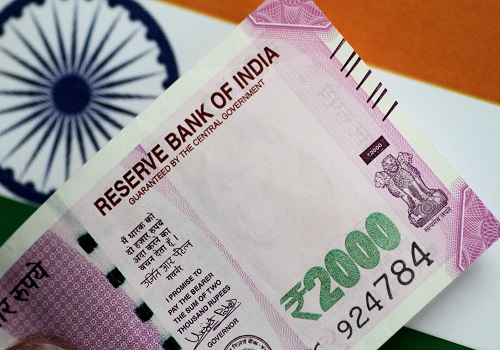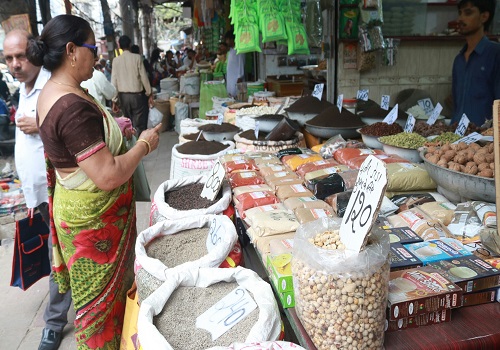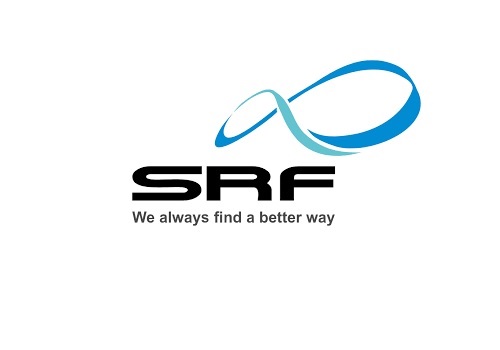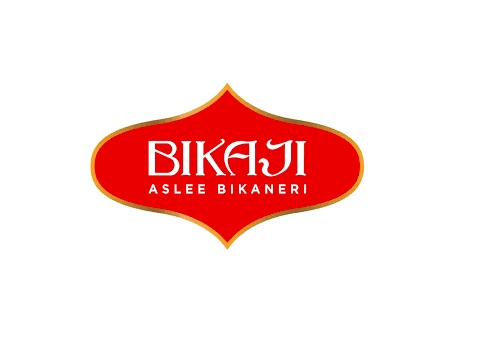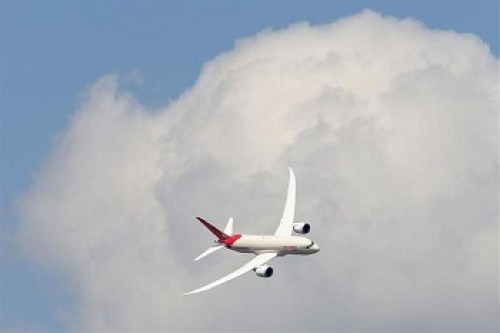Textile - Downtrend in cotton price to provide margin relief in 2H By JM Financial Institutional Securities
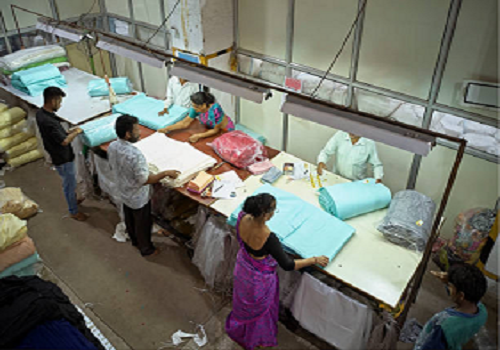
Follow us Now on Telegram ! Get daily 10 - 12 important updates on Business, Finance and Investment. Join our Telegram Channel
Downtrend in cotton price to provide margin relief in 2H
Indian cotton sheet exports to US marginally increased MoM in July’22 while terry towel increased 31 % MoM. Market share across a) cotton sheet stood at 46% in July’22 and 52% YTD b) terry towel stood at 37% in Jul’22 and 39% YTD. Indian cotton prices decreased 10.5% MoM in Sep’22 amidst anticipation of higher production of the crop as well as low demand from the textile industry while yarn pries increased 2.9% MoM in Sep’22. This has aided yarn – cotton spread which has increased to INR93/Kg in Sep’22 vs INR55/Kg in Aug’22. Cotton prices are expected to further decline with new crop entering the market. Demand for home textile is likely to remain adversely impacted in near term due to inventory pile up at global retailer’s level. Global retailers (Walmart & Target) have undertaken inventory correction measures during the quarter and expect inventory position to improve in time for festive season. Recent news articles suggest industry experts across Pakistan expect cancellation of many export orders by international brands on account of devastation caused by flooding. Further, USDA has downward revised its cotton production forecast across Pakistan by 0.7mn bales on account of recent floods and heatwaves. This shall benefit India given a) raw material security b) GOI’s focus on developing the textile ecosystem c) likelihood of market size increase via FTAs with UK/EU over time d) market share gains as world looks for an alternate production base other than China. Gokaldas Exports remains our preferred pick in the space, while Welspun India stands to benefit from lower cotton prices in 2H
* Volumes improve MoM albeit a low base: Global cotton sheet export volumes to the US increased MoM by 11.6% (-14.4% YoY) to 73mn sq mtrs in Jul’22. Terry towel volumes increased MoM by 21.8% (-12.6% YoY) to 25mn sq. mtrs. In Jul’22, India’s volume share in Cotton sheet / Terry towel exports to the US stood at 33% (-4.6ppt MoM; -3.8ppt YoY) / 41% (+5.3ppt MoM; 1.8ppt YoY) respectively.
* India’s share in US imports of cotton sheets stood at 46% in Jul’22: India’s cotton sheet export volumes to the US decreased by 2.1% MoM (-23.3% YoY) in Jul’22 to 24mn sq mtrs. Export value increased marginally by 0.6% MoM (-26.8% YoY) to USD57mn in Jul’22. India’s market share (in value terms) stood at 46% in Jul’22 (-7.6ppt MoM; -6.5ppt YoY).
* India’s share in US imports of terry towels stood at 37% in Jul’22: India’s export volume of terry towels increased by 40.0% MoM (-8.7% YoY) to 10mn sq. mtrs in Jul’22. Exports in value terms increased by 31.0% MoM (-11.5% YoY) to USD64mn. India’s market share (in value terms) stood at 37% in Jul’22 (-3.3ppt MoM and -7.8ppt YoY).
* India’s total home textile exports to the US at USD252mn in Jul’22: India’s home textile exports to the US (sum of all products) increased 13.7% MoM (-1.4% YoY) to USD252mn in Jul’22. India’s markets share (in value terms) for Jul’22 stood at 36%, down 0.5ppt MoM (-1ppt YoY).
* Cotton surplus expected for India in 2022-23: The USDA projects 2022-23 global cotton production to increase 1.1% YoY to 25.5mn tons while global consumption is estimated to decline 0.3% to 25.9mn tons. For China, cotton production is expected to increase by 3.7% YoY to 6.1mn tons while consumption is expected to increase 1.4 % to 8.2mn tons. This should lead to a 2.1mn tons deficit. For India, production is estimated to increase by 12.2% YoY to 6.0mn tons while consumption is expected to remain flat at 5.4mn tons, leading to a surplus of 0.5mn tons vs deficit of 0.1mn tons in CY21.
* Cotton prices witness decline amidst anticipation of higher production: Cotton prices have decreased 10.5% MoM in Sep’22 amidst anticipation of higher production of the crop as well as low demand from the textile industry. Meanwhile, yarn pries increased 2.9% MoM in Sep’22. This has aided yarn – cotton spread which has increased 67.9% MoM to INR93/Kg. Cotton prices are expected to further decline with new crop entering the market.
* Global retailers continue to reduce inventory backlog: Global retailers continued their inventory correction efforts during the quarter. Walmart witnessed pressure on apparels on account of rising cost for essential goods. The company took corrective measures for rightsizing of inventory during the quarter and expects inventory position to improve in time for the festive season. Target too undertook several measures to correct its inventory position and delivered on the inventory rightsizing goals. The company expects an uncluttered shopping experience, compelling value across every category, and fresh assortment to serve our guests in the second half of the year.
* Lower currency competitiveness to be offset by higher long term reliability: Depreciation of Bangladesh Takka and Pakistani Rupee at 18%/32% YTD has been much higher than depreciation of Indian Rupee at 7% YTD. Higher depreciation optically places Bangladesh and Pakistan in a better position. However, recent news articles suggest local exporters from Bangladesh have not been able to cash in on the steep fall of the currency because of a surge in import costs of raw materials, unprecedented hike in shipping charges and runaway inflation. Pakistan fared relatively better as its reliance on cotton imports is lower on account of domestic cotton production. However, cotton shortage remains a key concern for the country as cotton production has declined substantially over the last decade, due to fall in cultivation area followed by lower yield resulting from water shortage and inconsistent rainfall. Further, economic crisis and currency collapse in Sri Lanka is likely to impact garment exports, resulting in orders moving away from Sri Lanka. Reliability of Bangladesh (sought IMF support amid volatile energy prices), Sri Lanka (economic crisis) and Pakistan (24.9% inflation in July’22) to fulfill global demand over the long-term has been rendered circumspect. This shall benefit India over the long term given a) raw material security b) GOI’s focus on developing the textile ecosystem c) likelihood of market size increase via FTAs with UK/EU over time d) market share gains as world looks for an alternate production base other than China.
To Read Complete Report & Disclaimer Click Here
Please refer disclaimer at https://www.jmfl.com/disclaimer
Above views are of the author and not of the website kindly read disclaimer
